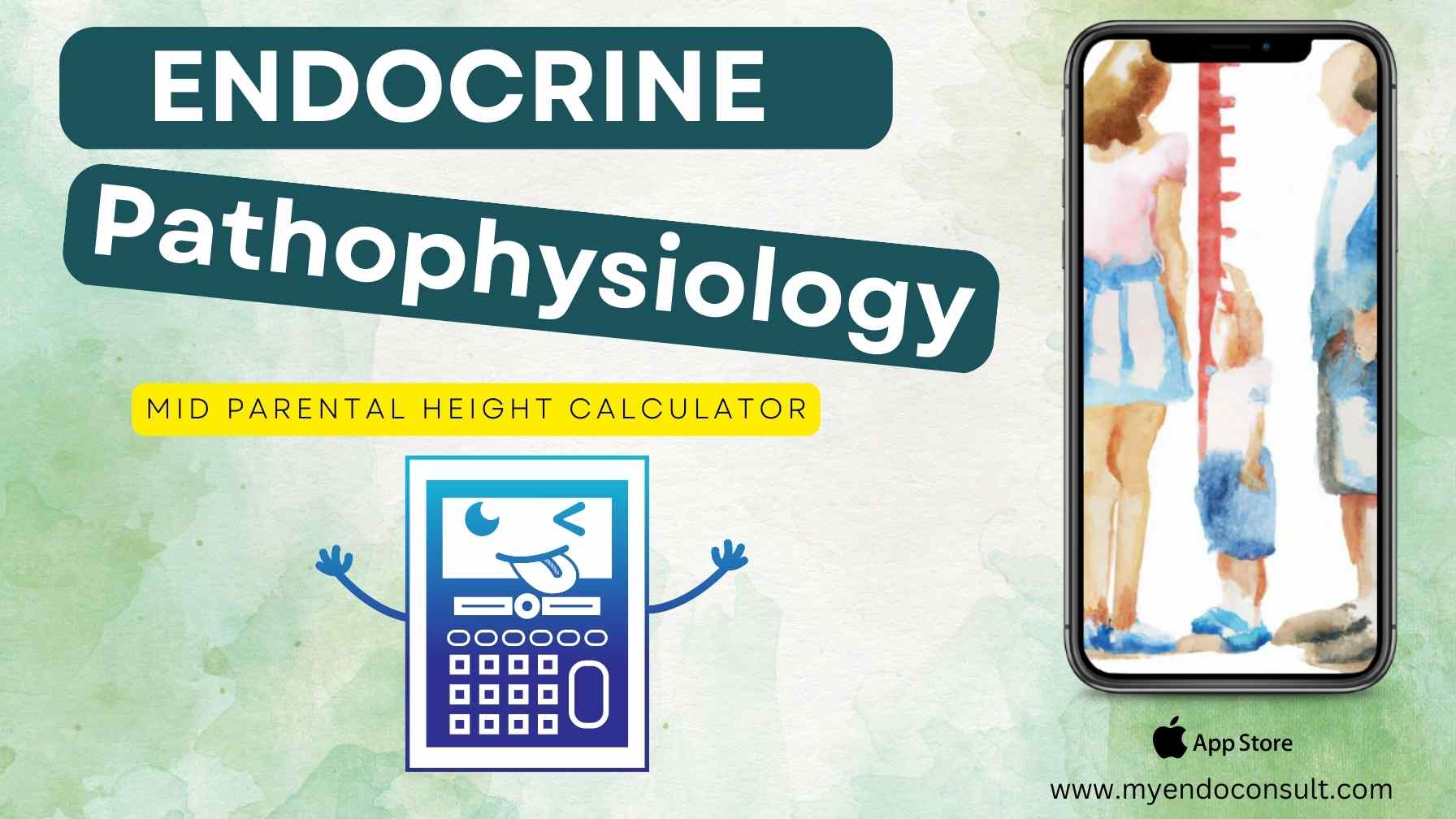
A mid-parental height calculator is a tool that can be used to predict the future height of a child. To predict the adult height of a child, we can use a method called mid-parental height. To calculate the mid-parental height, we take the average of the mother’s height and the father’s height.
From there, we can use a growth chart to predict the child’s final adult height. This method is not perfect, but it gives us a general idea of how tall a child is likely to be as an adult.
Prediction tool or calculator for mid-parental height
A child’s adult height potential can be estimated using the mid-parental height formula.
| Boy | Girl |
| Inches : (Father’s Height + Mother’s Height + 5) / 2 | Inches : (Father’s Height – 5 + Mother’s Height) / 2 |
| Centimeters : (Father’s Height + Mother’s Height + 12.5) / 2 | Centimeters : (Father’s Height – 12.5 + Mother’s Height) / 2 |
Plot the child’s estimated growth percentiles
The estimated mid-parental height should be plotted at the 20-year mark. Of note, the confidence intervals for the mid-parental height estimate should be within 2 inches or 5 centimeters of the predicted value. The child’s plotted growth rate should be within the 3rd and 97th percentiles.
When is further evaluation required?
Children who fall above or below the normal percentiles should undergo a detailed growth evaluation (read this guide to evaluating short stature).
The following tests should be ordered during the evaluation of short stature.
- Complete blood count/hemogram/full blood count
- Bone age (Plain skeletal radiograph)
- Urinalysis/Urine Routine Examination
- Stool for parasites, occult blood, and fecal fat
- Complete Metabolic Panel
- TSH and free T4
- Karyotype analysis in girls
- Celiac panel with possible duodenal biopsy
- IGFBP-3 and IGF-1
- Growth hormone stimulation test
References
Tanner JM, Goldstein H, Whitehouse RH. Standards for children’s height at ages 2-9 years allowing for heights of parents. Arch Dis Child. 1970 Dec;45(244):755-62. doi: 10.1136/adc.45.244.755.
Kindly Let Us Know If This Was helpful? Thank You!


